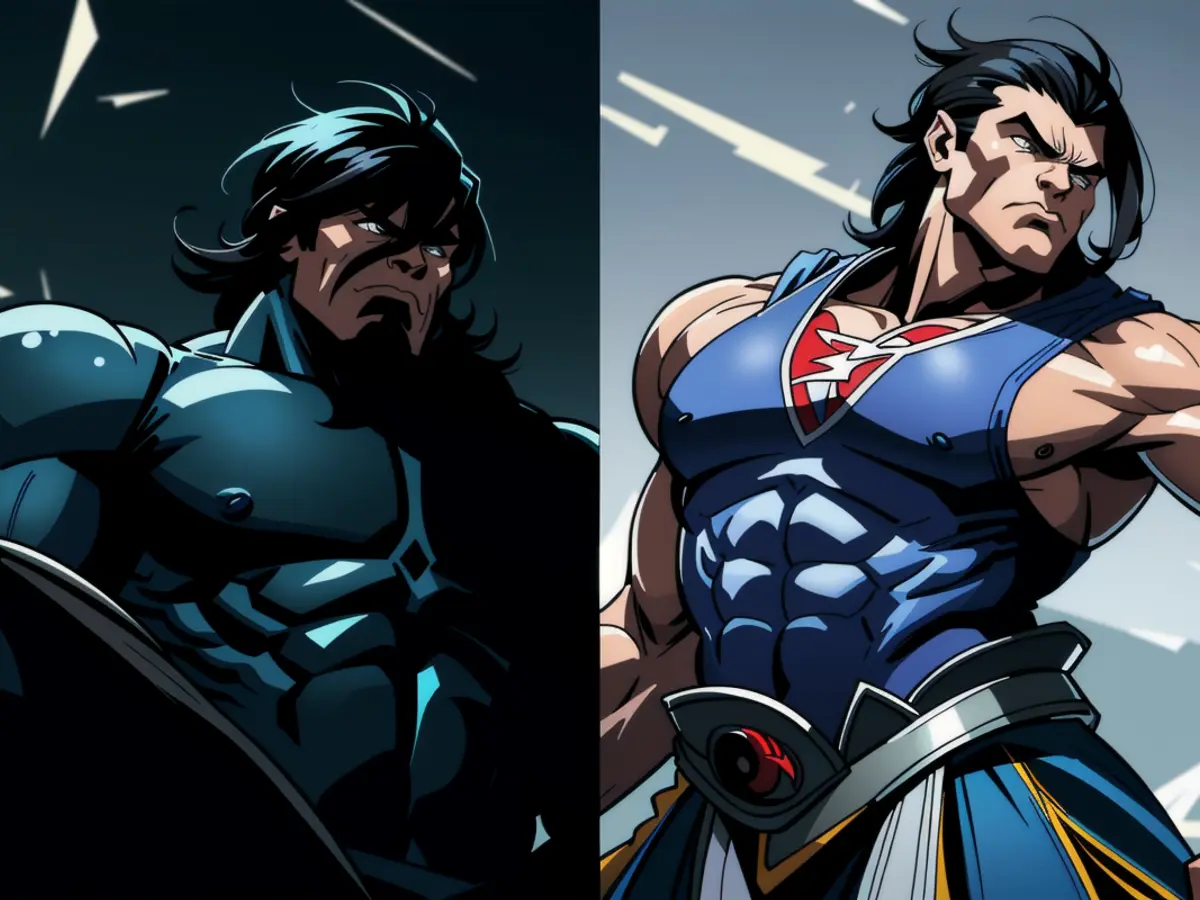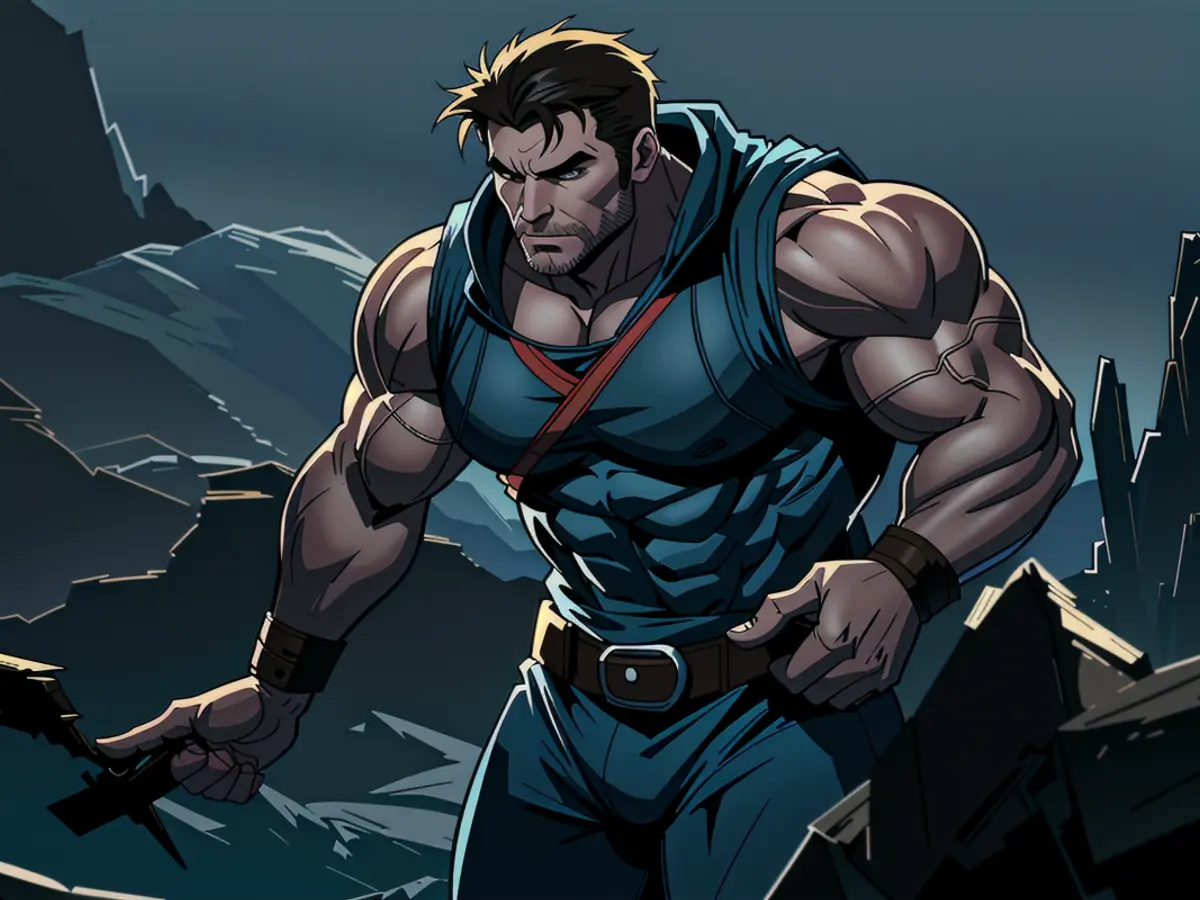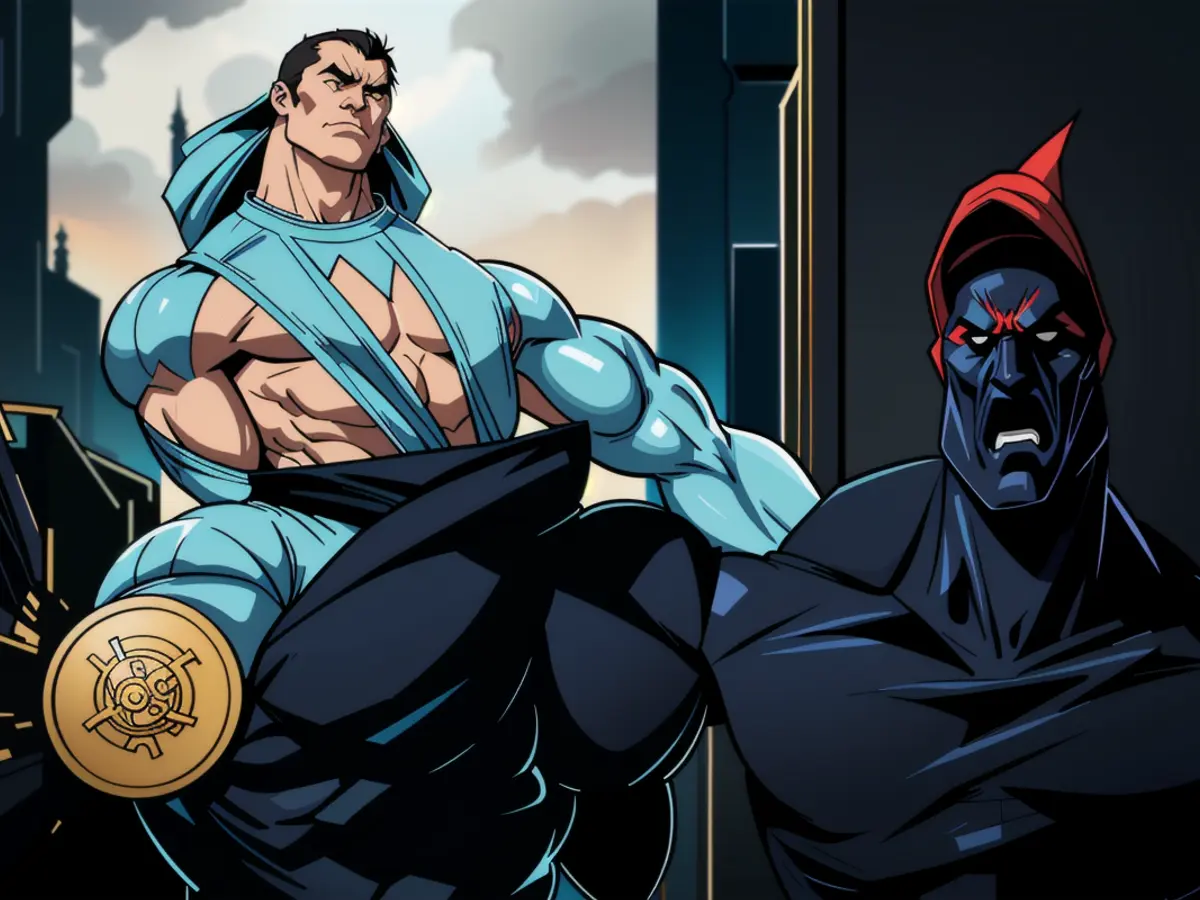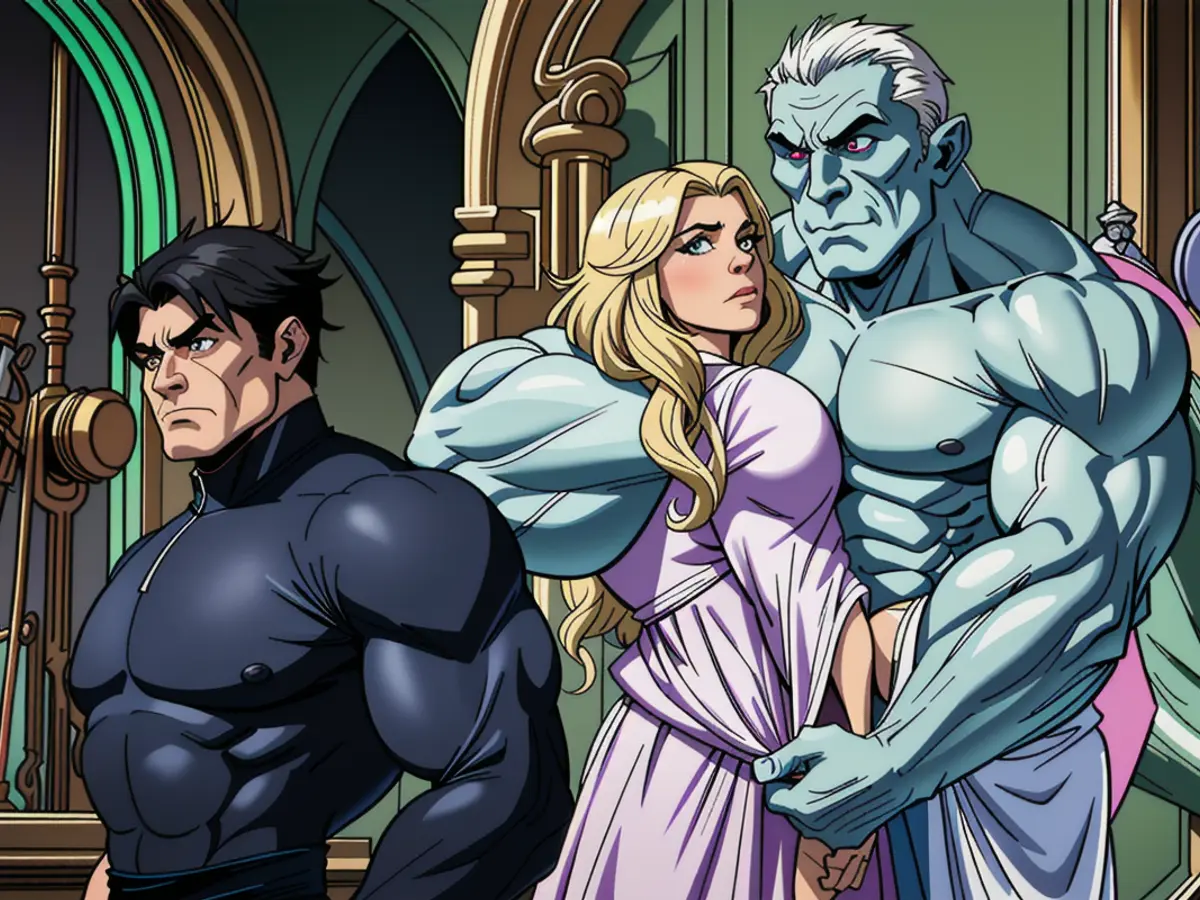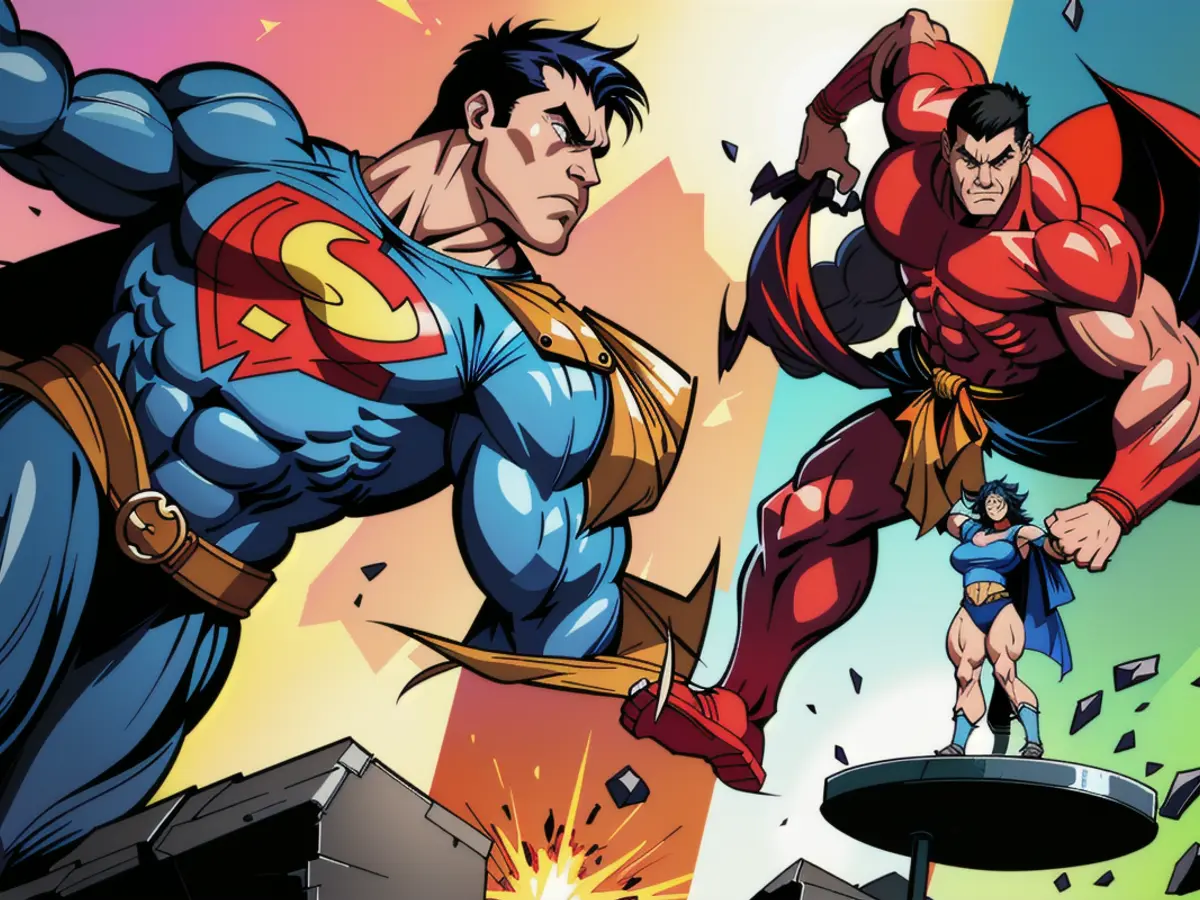Exploring the Graphic Novel Origins of Agatha All Along's Significant Rio Unmasking
By now, you've likely picked up on the gossip: Aubrey Plaza's character in Agatha All Along, the sequel series to WandaVision, is not the sarcastic "Rio Vidal" at all, but instead the sarcastic embodiment of death itself. That's right: Death with a capital "D."
She's referred to in the series as "The Original Green Witch"—since decomposing matter turns into carbon dioxide, water, and mineral salts, which then feed plants—and Marvel's long history with its version of Death has given her various titles, such as Mistress of Death, Spectre of Death, the Grim Reaper, the Final Goddess, Dark Beauty, and most famously, Lady Death (although she's no longer called that, as the name's been taken by a completely different, independent comic book character.)
So, what sets Marvel's version of the end of life apart from others? Well, she's an official cosmic entity, for one—the polar opposite of her counterpart, Eternity (who made his debut in Thor: Love & Thunder if you've forgotten), and often appears as a woman. Marvel's incarnation of Death was created by Mike Friedrich and Jim Starlin, and she first appeared in Captain Marvel #26 way back in the summer of 1973.
Though Marvel hasn't gave Death her own title, she came close in the '70s with War Is Hell, a comic set during World War II with a premise that would make for an excellent weekly TV series. In that book, Death punished a soldier named John Kowalski for failing to intervene during the invasion of Poland. Each issue saw Death tasking Kowalski with inhabiting the body of someone destined to die, with the goal of changing something for the better before the host succumbed to their ultimate fate.
However, in the comics, she's probably best known for her one-sided relationship with Thanos, the former MCU villain. Thanos had romantic feelings for Death throughout several of his appearances, and would frequently try to win her affection by murdering as many people as possible. As seen in the 1991 event seriesInfinity Gauntlet, his plan to destroy half of all life with the Infinity Gauntlet was originally an attempt to win Death's favor—a cosmic sacrifice to her that the MCU removed from the storyline in Infinity War and Endgame.
Though Death was intrigued by Thanos's gesture in Infinity Gauntlet, she never reciprocated his feelings and has rarely been involved with the character beyond this. Instead, her motivations have centered around a greater interest in the universe's immortal beings that consistently evade her grasp. Yes, Death has a thing for what she can't have, and has shown a greater interest in characters like the regenerative Deadpool, or more recently, Spider-Man's clone, Ben Reilly, who has come back from the dead so many times, she couldn't help but notice him.
But if Death is largely a character from a '70s war comic and occasional lover of a cosmic tyrant, why is she in Agatha All Along? We're not sure yet. It seems the series is borrowing from the comics by making Death a potential romantic interest. But instead of the cosmic scale, she's operating in the confines of the series' exploration of the MCU's magical side. But then why the disguise of posing as a woman named Rio Vidal?
We're not sure—but in the comics, Death would sometimes possess a woman named Marlo Chandler to experience life in physical form. While that character was named after author Raymond Chandler and his detective, Philip Marlowe, "Rio" is a Spanish name meaning "river," and "Marlo" means "remains of a lake." There's some symmetry there. "Vidal" is also a Spanish name meaning "little life" or "lively one," which is ironic, I suppose (Chandler means someone who makes candles, if you were hoping for a second naming connection). A previous episode also had her dressed as a rockstar-style Spanish matador, and as Mexico is one of the few cultures with a female personification of Death—in this case, Santa Muerte—perhaps there's a logical connection to the name after all?
If Death's motives for meddling in Agatha's coven are revealed, it'll likely happen next week, when Agatha All Along's season finale hits Disney+ the day before Halloween. And maybe we'll see if Death has a future in the MCU beyond the show's confines... as a physically embodied concept, of course. We're sure there'll be plenty of death itself, either next week in Agatha All Along or in the MCU's future, regardless of whether or not Rio's around to witness it.
Looking for more io9 updates? Get the lowdown on the upcoming Marvel, Star Wars, and Star Trek drops, the future of the DC Universe on the big and small screen, and all the insider info on what's in store for Doctor Who.
In the world of comic books, Death's affinity towards characters who defy death, such as Deadpool and Ben Reilly, is notable, showcasing her interest in the immortal. Additionally, the future of Death in the MCU beyond 'Agatha All Along' is uncertain, but fans can anticipate more explorations of death and the afterlife in upcoming Marvel content. (io9 is a renowned website for news, reviews, and analysis of science fiction and fantasy media, including comic books.)
